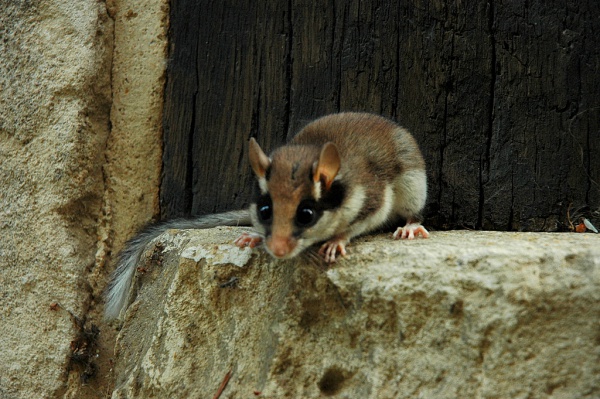Facts About Garden dormouse
The garden dormouse is a delightful little rodent that belongs to the dormouse family. These charming creatures typically measure between 10 and 15 cm in length, with their tails adding an additional 8 to 14.5 cm. They usually weigh between 60 and 140 grams. Garden dormice are characterized by a gray or brown coat with a contrasting white underside and striking black markings around their eyes. Their large ears, short fur, and the distinctive white tassel at the end of their tails make them easy to recognize.
Despite what their name suggests, garden dormice are more often found in forests rather than gardens, although they do occasionally venture into fruit-growing regions. These nocturnal animals are common in southern Europe, particularly in regions such as the Alps, Bavarian Forest, and Ore Mountains. Unfortunately, in places like the Netherlands, their numbers have plummeted, likely due to changes in the landscape and climate.
Garden dormice are nocturnal, building their nests in trees and feeding on a diet of insects, small animals, berries, and nuts. Their mating season runs from April to June. During this time, females emit loud squeaks to signal their readiness to mate. After a gestation period of about 23 days, the female gives birth to a litter of three to seven young. These young ones grow quickly and are ready to be on their own by the time they are two months old. Garden dormice typically live for around five years.
Interestingly, in Sicily, garden dormice can host an intestinal parasite called Moniliformis siciliensis. There are also different subspecies of garden dormice found on Mediterranean islands, some of which are quite rare. In western Asia and North Africa, these animals are classified as a separate species known as Eliomys melanurus.

 Slovenia
Slovenia